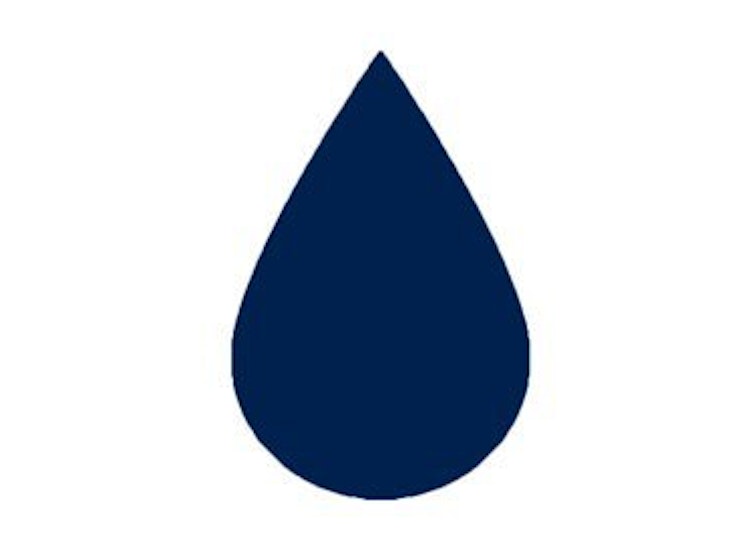Today [1 May 2019] marks one year since minimum unit pricing for alcohol was introduced in Scotland. The measure is the most widely-reported element of Scotland’s forward-looking, evidence-based approach to alcohol harm reduction, and the implementation marked the end of a five-year legal battle between the Scottish Government and the Scotch Whiskey Association. In this blog we will take a look at where we’re at one year on, and what’s next.
The much-anticipated alcohol harm reduction measure of minimum unit pricing was introduced in Scotland on 1 May 2018 - where are we now?
What is MUP?
Minimum unit pricing (MUP) is designed to reduce the availability of very cheap, strong alcohol by setting a floor price below which a unit of alcohol cannot be sold. The floor price in Scotland is 50p; this will not affect the price of alcohol in pubs, but rather only the price of the very cheapest, strongest alcohol – for example, white cider. Those in most need of help for alcohol problems are more likely to buy this alcohol. The aim of MUP is to reduce the harm to this group of very heavy drinkers. Find out more about why alcohol pricing is important in reducing harm.
What’s happening with MUP in the UK?
There is a five year long independent evaluation of MUP in Scotland underway, which will look at the impact of MUP on consumption patterns, the amount of pure alcohol sold, changes in the industry, and health outcomes such as alcohol-related hospital admissions and deaths, as well as wider factors such as crime.
MUP will apply to alcohol products in Wales from this Autumn, but there has been no move in England to introduce the policy.
So is MUP working?
Sales data
MUP in Scotland made headlines a few weeks ago when newly-released Nielsen sales data showed that volume sales of alcohol had increased in the first 46 weeks after the policy was introduced, compared with the same time period in the year before. This led to many newspapers claiming that this was proof the policy had failed. However, volume sales don’t take the strength of the alcohol into account, so overall fewer units could have been sold. Volume sales take into account the volume of drink sold, rather than the volume of alcohol; the MUP evaluation will look at the “volume of pure alcohol sold per adult in Scotland” as the primary outcome measure instead. This will allow evaluators to understand whether MUP is working as intended to reduce sales of the very cheapest, strongest alcohol, and from there to reduce harm.
Those products which were previously being sold below 50p per unit have seen their value sales fall dramatically. From May 2018 to February 2019, value white cider and amber cider were down 73% and 54% respectively. However, products which are sold just above 50p per unit, such as Buckfast and Scrumpy Jack, have seen an increase in value sales. This indicates that people may have switched to more costly products, but they may or may not be drinking fewer units.
We also don’t know who is doing the drinking. MUP is designed to reduce the amount of alcohol drunk by heavy drinkers, but this early sales data doesn’t show how the total amount of alcohol is spread across the population.
… And the rest
That subheading sounds absurdly broad – and it is. For most other measures of MUP success we have only anecdotal information so far, as it is just too soon to know its impacts on really important measures like crime, hospital admissions, rates of liver disease and deaths. This is why the evaluation of the policy is taking place over a five-year period. When the Russian Federation introduced alcohol control measures including minimum pricing in 2005, male alcohol deaths dropped by about 20% over the next five years.
Clinicians and treatment providers have anecdotally reported that there has been an effect on patients’ drinking behaviours, which is a positive sign. Some of the supposed negative outcomes of the policy have not occurred, such as an increase in cross-border trade. We will get more information on health outcomes and consumption trends later on in the evaluation.
What next?
It is too soon to say whether MUP has been effective in Scotland, but when will we find out more about the impact of MUP? The independent evaluators have helpfully published a timeline, with the next report coming in June, and a full analysis of the first year of sales data coming in late 2019. A report on the short-term impacts on harmful drinking will be published in mid-2020, with a long-term look in mid-2021. The report on hospital admissions and alcohol-related deaths will come in early 2023.
This has been a brief summary, but if you would like to find out more about minimum unit pricing in Scotland one year in, you can read this blog from Alcohol Focus Scotland.


